Penoplex with a density of 35: characteristics and scope
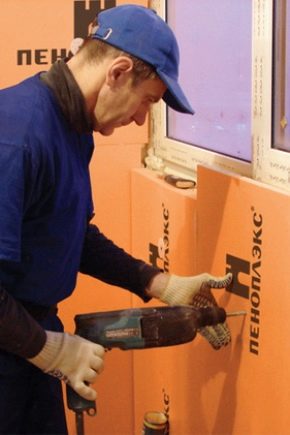
When creating a house project, future owners pay a lot of attention to planning, exterior and interior decoration, in other words, creating coziness. But a comfortable life without heat will not work, therefore, the choice of heat-insulating materials is taken very carefully. Increasingly, customers use Penoplex products to keep warm in their homes.
Material features
Unscrupulous insulation contributes to the freezing of walls, destruction of the facade, the introduction of pathogens, fungus and mold into the premises. And just a loss of heat (up to 45%) due to poor thermal insulation of walls, floors, roofs will not please anyone. This means that the service life of the building, its reliability and appearance, and the microclimate of the internal premises largely depend on the choice of the appropriate materials.
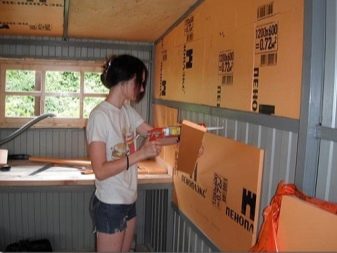
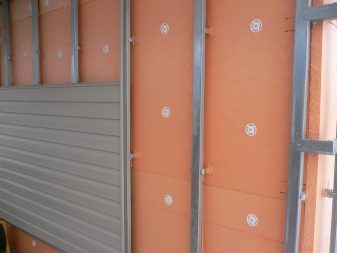
Before the company appeared in St. Petersburg, which began the production of foamed polystyrene boards, Russian developers had to use heat-insulating materials from foreign manufacturers. This significantly increased the cost of construction. The first production line in Russia for the production of penoplex was launched 19 years ago in the city of Kirishi, and its products immediately began to be in great demand, since, with a quality comparable to foreign brands, the price dropped and delivery times were reduced. Now the signature orange slabs can be seen on many construction sites.
It should be noted right away that it is correct to call both the material and the company "Penoplex". But since the sound combination with "e" is inconvenient for the Russian language, the name of the product - penoplex - has been universally stuck.
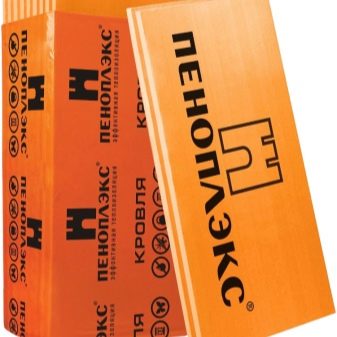

Depending on the purpose, several types of slabs are produced today:
- "Penoplex Roof" - for roof insulation;
- "Penoplex Foundation" - for thermal insulation of foundations, floors, basements and basements;
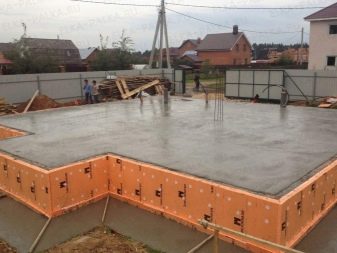
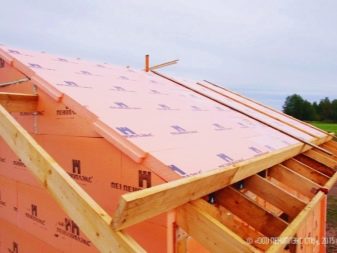
- "Penoplex Wall" - for insulation of external walls, internal partitions, facades;
- "Penoplex (universal)" - for thermal insulation of any structural elements of houses and apartments, including loggias and balconies.
"Penoplex 35" is the predecessor of two series of material: "Penoplex Roof" and "Penoplex Foundation". The first is less flammable due to the introduction of a flame retardant with an additive patented by the manufacturer.
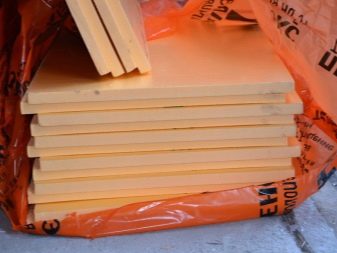
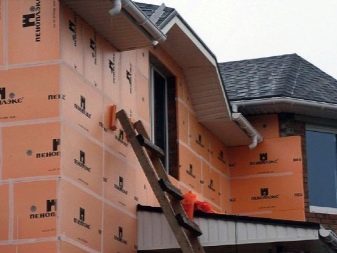
Composition
Penoplex is obtained by extrusion of foam plastic. For this process, an environmentally friendly reagent CO2 is currently used, the raw materials are also safe. It contains no formaldehydes and other harmful substances, dust and fine fibers. As a result of extrusion, a cellular structure of expanded polystyrene is created, that is, the material consists of small bubbles, but it turns out to be homogeneous and durable.
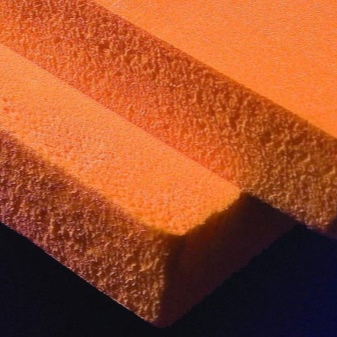
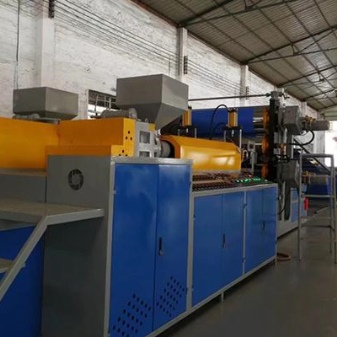
Technical properties
It got its name "Penoplex 35" because its average density is 28-35 kg / m3. The main indicator of thermal insulation materials is thermal conductivity. This value for extruded polystyrene foam is extremely low - 0.028-0.032 W / m * K. For comparison, the heat transfer coefficient of air, the lowest in nature, at 0 degrees Celsius is about 0.0243 W / m * K. Due to this, to obtain a comparable effect, you will need a foam layer 1.5 times thinner than other insulation.
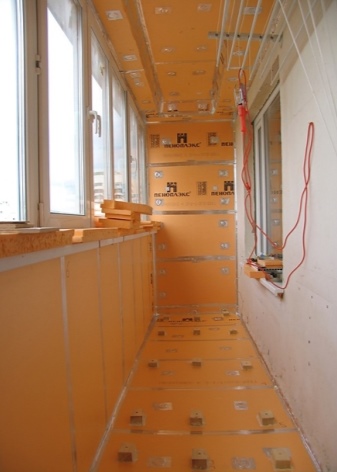
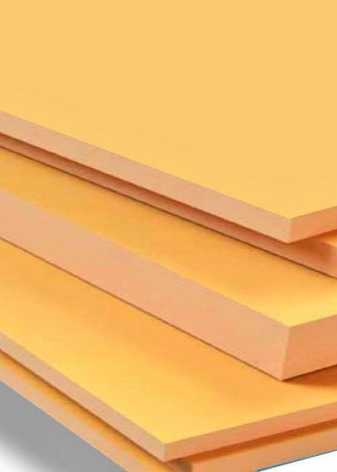
Other technical characteristics can also be attributed to the merits of this material:
- light in weight, penoplex is quite strong - 0.4 MPa;
- compressive strength - more than 20 tons per 1 m2;
- frost resistance and heat resistance - range of withstand temperatures: -50 - +75 degrees Celsius;
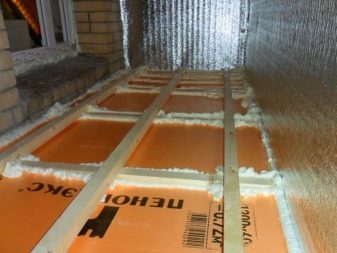
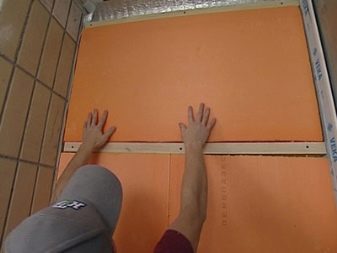
- water absorption - 0.4% of the volume per month, about 0.1% per day, at subzero temperatures, when the dew point is inside, condensation does not form;
- vapor permeability - 0.007-0.008 mg / m * h * Pa;
- additional noise isolation - up to 41 dB.
Standard dimensions of slabs: length - 1200 mm, width - 600 mm, thickness - 20-100 mm.
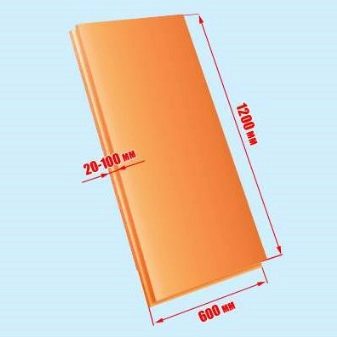
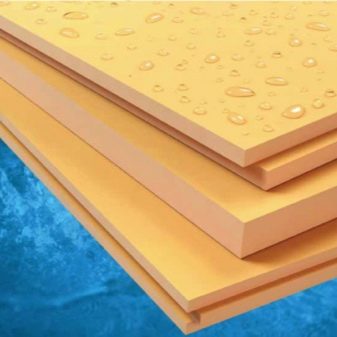
Advantages and disadvantages
All of the above parameters equally apply to the materials "Penoplex Foundation" and "Penoplex Roofing". They differ in quality such as flammability. Classes G2 and G1 are often indicated in certificates of conformity. As practice shows, it would be more correct to attribute Penoplex Foundation to the G4 group, Penoplex Roofing to G3. But this is enough to consider such slabs a fire-resistant material.
Special additives, fire retardants, prevent the development of the combustion process and the spread of flame. The material complies with the fire safety standards GOST 30244-94.
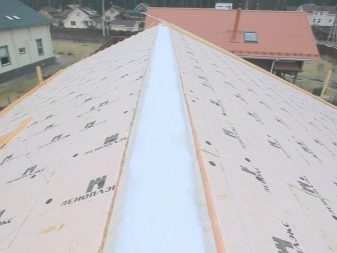

According to ST SEV 2437-80, penoplex refers to heat insulators that do not spread flame during combustion, are difficult to burn, but with high smoke generation. This is one of the few disadvantages. Although the smoke is not poisonous. During combustion, mainly carbon dioxide and carbon monoxide gases are emitted. That is, smoldering foam is no more dangerous than a burning tree.
In addition to the described advantages, it should be noted that the materials of this brand are resistant to rotting and mold formation, and are unattractive to rodents. Another important quality is the ability to withstand several freeze-thaw cycles, while maintaining its characteristics, and most importantly, thermal insulation properties. Thanks to these features, Penoplex 35 slabs can effectively serve for more than 50 years.
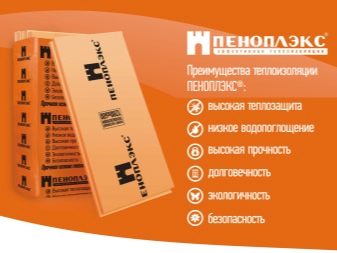
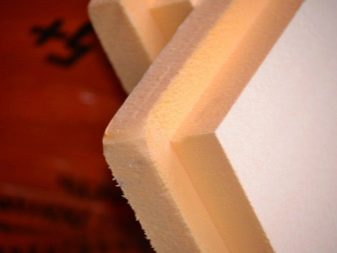
Since thermal insulation retains heat in the house, does not allow moisture to pass from the outside, then air exchange will be difficult, so you need to take care of good ventilation. The disadvantages include a fairly high price. But when choosing another, cheaper insulation, for example, cotton, you need to take into account that such material easily absorbs moisture, often shrinks, forming cold areas, is less durable, and may soon require repair. Therefore, in the end it may turn out that such a "thrifty" customer will overpay.
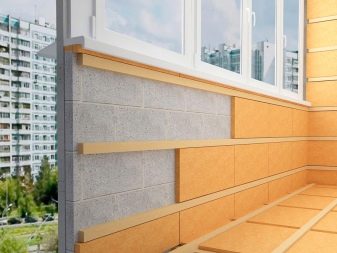
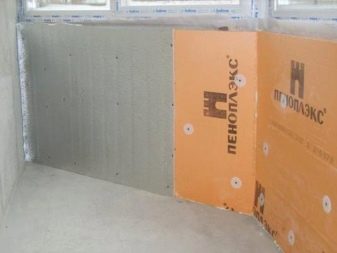
Scope of application
The brand names speak for themselves. "Penoplex Foundation" can be used for thermal insulation of the floor, vertical insulation of the foundation, as well as under the sole, basements, basements, laying garden paths. Roofing slabs are used on any roof configuration, including inversion roofs, on which the layers of the "pie" are stacked in reverse order. In this case, the penoplex is placed on a waterproofing layer.
In road construction, when insulating warehouses, hangars, industrial facilities, the denser Penoplex 45 is used.
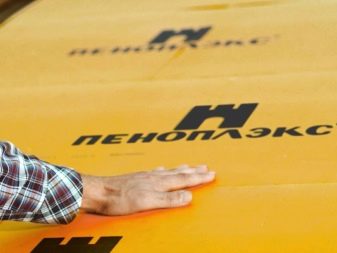
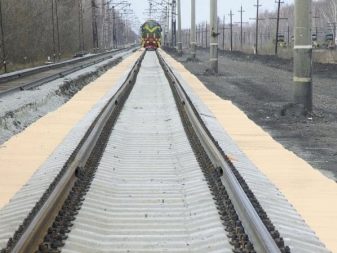
Due to their moisture resistance, the boards do not require additional external vapor barrier. The need for an insulating layer from the inside arises when partitions are insulated from a material with a higher vapor permeability, for example, aerated concrete (0.11-0.26 mg / m * h * Pa). Polyethylene and liquid glass can serve as a vapor barrier from the side of the room.

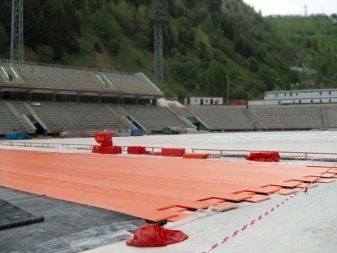
Installation tips
When insulating the floor, the layers are stacked in the following order:
- a layer leveling the surface, for example, crushed stone with sand;
- slabs "Penoplex Foundation";
- vapor barrier material;


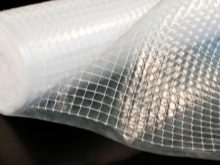
- screed;
- adhesive composition;
- coating, exterior decoration.
When a warm floor is laid, the thickness of the structure will be significantly less than when using another thermal insulator. And an important factor is energy saving.
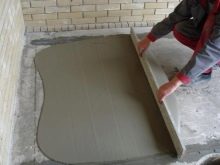
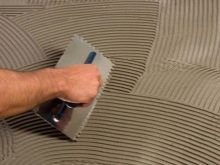
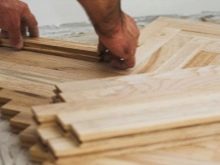
When insulating the roof, the outer vapor barrier is also not needed, and the inner one is placed under the penoplex.
On the pitched roof, the slabs are staggered to hide the rafters.Fastened with slats with nails. It should be noted that the roofing foam has an L-shaped edge at the edges, which makes it possible to tightly join the sheets, avoiding cracks and gaps.
Let's talk about vertical insulation in more detail.
- In order to achieve a snug fit of the thermal insulation boards to the surface of the foundation, it must be prepared. Everything should be thoroughly cleaned of old coatings, if any. Remove paint, varnish with solvents or mechanically using tools.
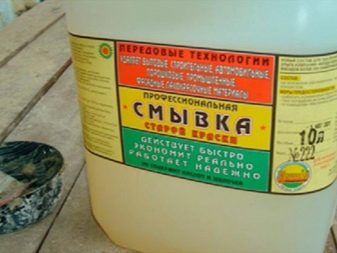
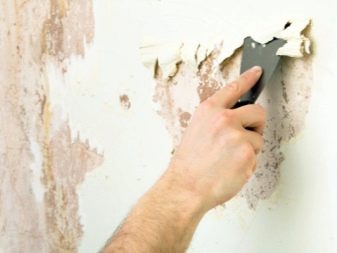
- To exclude the possibility of the appearance of fungus and mold, you can treat the surface with a bactericidal or fungicidal composition. Remove any existing salt deposits mechanically.
- The angle of deflection on the foundation is verified using a plumb line or level. Now the surface needs to be leveled. This can be done with a suitable type of plaster. After drying, prime with finishing compound. Such processing will not have any significant effect on the properties of the thermal insulator, it will only improve adhesion.
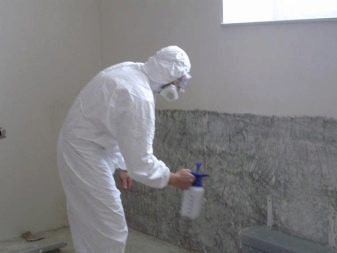
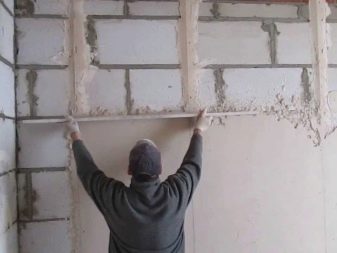
There is another way to improve the fit of the insulation. It is possible to make slabs to order, taking into account the bends of the surface. For this, a map of irregularities is made and penoplex is made of a certain thickness in specific places.
Metal elements should be coated with anti-corrosion paint and varnish compounds. If you carry out plastering, then you can start further work in about a month. Plates are mounted on glue, additionally fixed with dowels. Further - a protective layer or metal mesh for plastering and external finishing.


The installation process is simple. Plates "Penoplex 35" are easy to use due to their strength and lightness. They do not crumble, they can be cut with a simple knife. This does not require masks or other protective equipment.
It can be concluded that "Penoplex" is a versatile energy-efficient thermal insulation material that will reliably keep the heat of your home.
You will learn how to determine the density of the foam in the following video.













The comment was sent successfully.